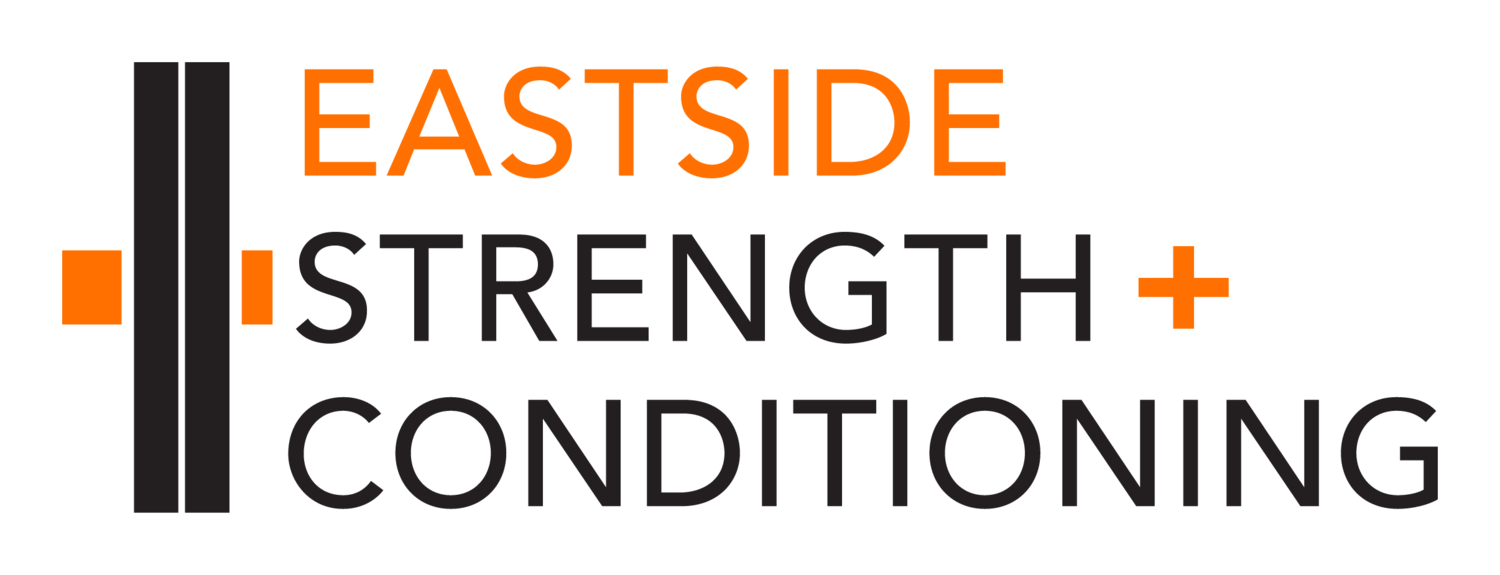 We marked the vertices of the major joints (ankle, knee, hip, shoulder) in the squat photos above and then drew in the connecting lines to create a simple visual representation of the complex body mechanics and angles in the squatting movement. The blue paths trace the athletes' actual positions.
We marked the vertices of the major joints (ankle, knee, hip, shoulder) in the squat photos above and then drew in the connecting lines to create a simple visual representation of the complex body mechanics and angles in the squatting movement. The blue paths trace the athletes' actual positions.
Overlying our first set of nodes, the set of vertices and lines in red would put the athletes in better, stronger squatting positions.
From left to right:
Left: The red path moves the knees backward slightly, to center the load over the middle of the foot rather than over the toes and to increase the lumbar curve (arching of the lower back).
Center: The red path elevates the hip slightly and accentuates the lumbar curve.
Right: The red path moves the knees back a bit, allowing the hip to rise and open up and enhancing the lumbar curve to bring the upper back and chest up and back more.











